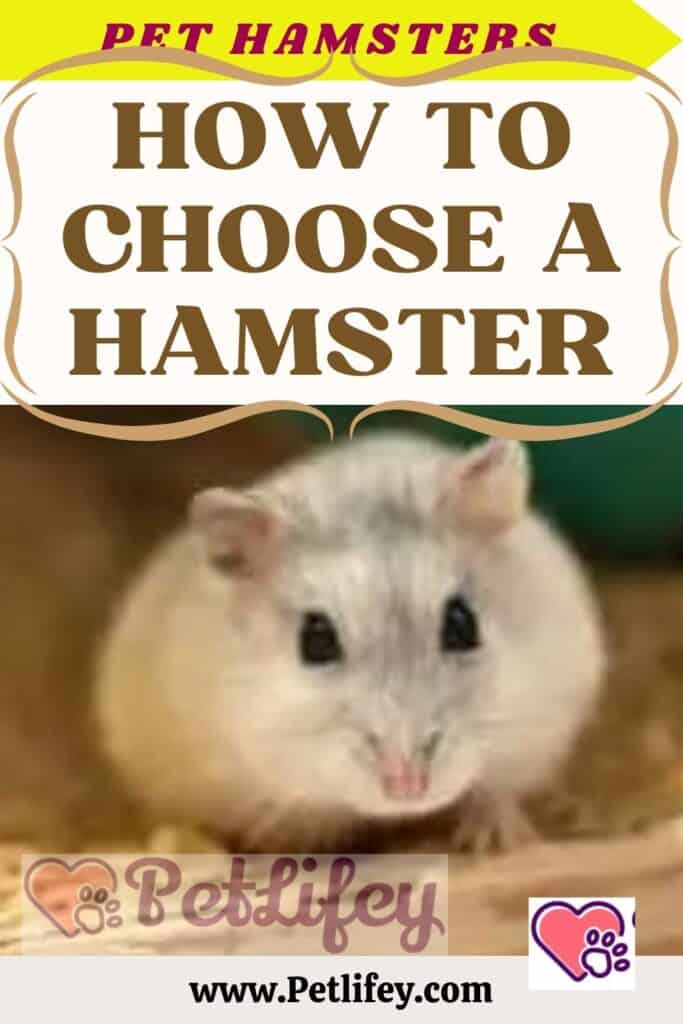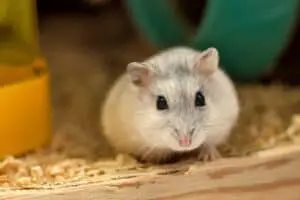
Having a hamster is an excellent option if you want a pet that doesn’t require a lot of care or effort. They are also great if you have children at home or if you have never had a pet before. They are easy to maintain, very cute, fun, cheap … But how do you know which one is the best? In this article we give you the advice you need to choose a hamster.
Tips to know how to choose a hamster
If you want to know how to choose a hamster and get it right, follow these steps:
- Go to a trusted breeder or a store specializing in these types of animals . These types of people are the ones who can best advise you and give guarantees.
- Among the options, look for a healthy hamster. How to detect it? A healthy hamster will look active, cheerful, and playful , with lush, fluffy hair and bright, dark eyes. Look for a hamster with vitality.
- Hamsters have a life expectancy of only about 5 years. If you want to enjoy their company as much as possible, choose one who is as young as possible . Look for some well-raised ears with soft fluff inside.
- Think about coexistence and what you want: if you choose two males, you will probably have to separate them every time they have territorial fights . If they are male and female, you can be sure that they will have lots (really, lots!) Of young. If you don’t want this, you have two options: choose only females, or take both sexes but keep them in separate cages.
- Rule out hamsters with a wet tail, swelling, a very dry or too wet muzzle, and ear, eye, and mouth complaints. In general, look for one that is visibly healthy.
- Once you have chosen your ideal hamster or hamsters, remember that you must take good care of him to keep him healthy and happy.
It’s decided, you are ready to take care of a hamster and you have already spotted one. However, despite your enthusiasm, now is the time to keep a cool head and not rush home with the animal right away. Start by observing it carefully to avoid buying a sick animal.
- The hamster is not listless, it is curious and active.
- His eyes are bright, clear and do not sink.
- The coat is thick and clean, with no bare areas or scabs.
- The nose is dry, without redness or discharge (sneezing)
- The incisors and claws are not too long; beware of dental malocclusions.
- He doesn’t have bad breath.
- He can fill and empty his cheekbones without difficulty.
- He does not limp, the soles are clean and have no injuries.
- The anal region is clean; soiling can indicate an intestinal disorder.
- The stomach is soft. A hard, swollen belly can be the result of poor nutrition or a gastrointestinal condition.
- He is neither too fat nor too thin (the bones do not protrude).
- The back is straight.
- Breathing is calm and regular, without snoring or other abnormalities.







